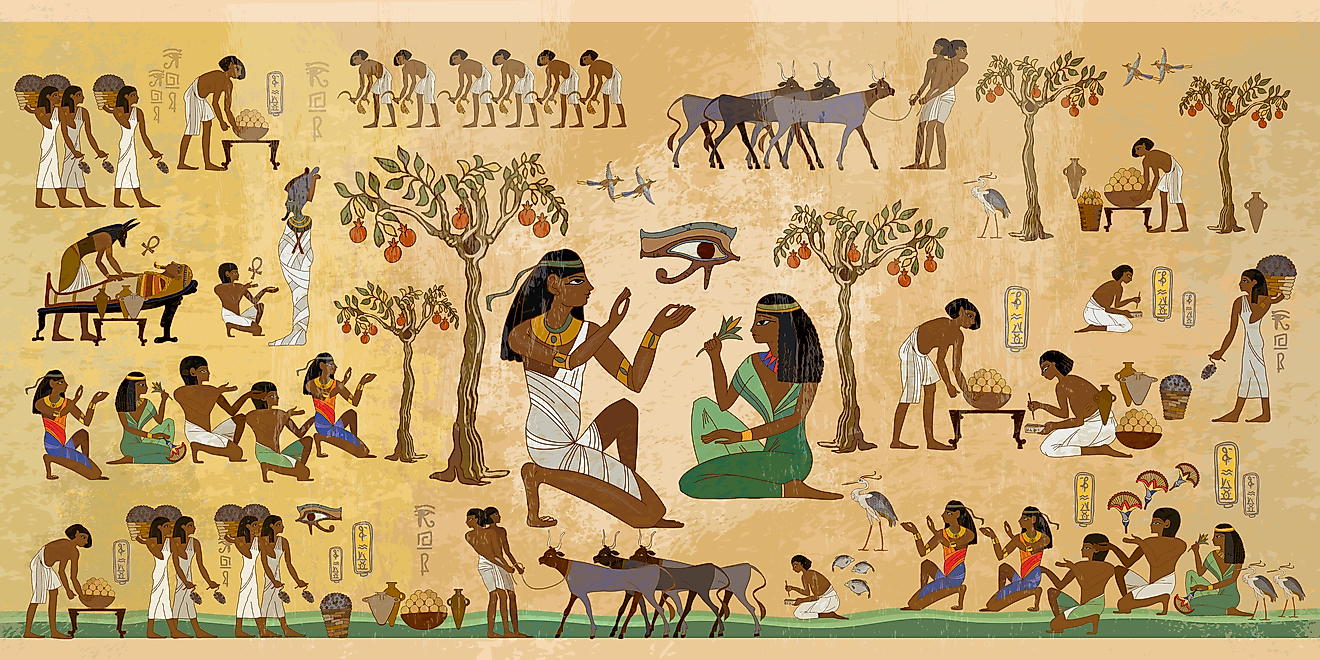When Was Rome Founded?
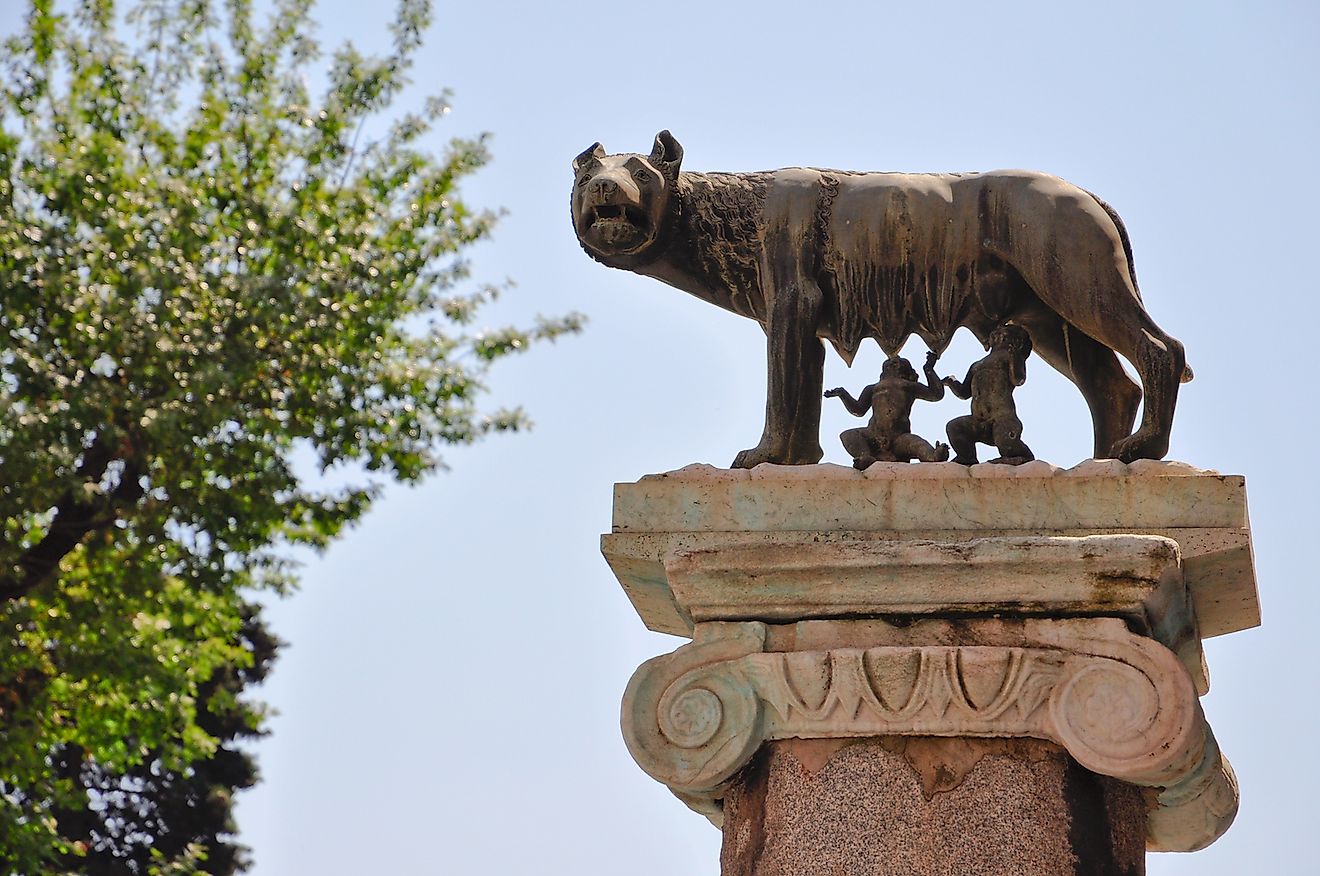
- According to myths, twin brothers and demigods, Romulus and Remus, established the foundations of the mighty empire on April 21, 753 B.C..
- According to legends, the twins were then found by a she-wolf named Luna who took the boys in, and took care of them in her lair.
- Rome grew into a majestic city in the 8th and 6th centuries BC. Eventually the end of the Roman Republic marked the rise of the Roman empire which reached its peak in 117 A.C.
According to myths, twin brothers and demigods, Romulus and Remus, established the foundations of the mighty empire on April 21, 753 B.C., Based on legends passed down through generations, the twins were orphaned as infants. But what’s interesting about the story is that people believed that they were nurtured and raised by a she-wolf.
Legend Has It
The fate of the twins was predetermined when their grandfather, King Nimitor who ruled over the city of Alba Longa along River Tiber, was dethroned by his brother Amulius. The latter, after seizing power, wanted to rule forever so he killed all other male heirs to the throne and forced Nimitor's daughter Rhea Silvia to be a Vestal Virgin. He believed that the woman's vow of chastity will prevent her from bearing sons who will have a claim to the throne.
But Rhea Silva was impregnated by war God Mars and gave birth to twin boys. Amulius sent her to prison and condemned the twin babies to death. They were sent to Tiber river to be drowned. However, the servant who was tasked with getting rid of the babies took pity on the twins and instead placed them inside a basket. The basket was carried by the water along the river until it reached the seven hills. According to legends, the twins were then found by a she-wolf who took the boys in and took care of them in her lair. They stayed with the she-wolf until a shepherd found them.
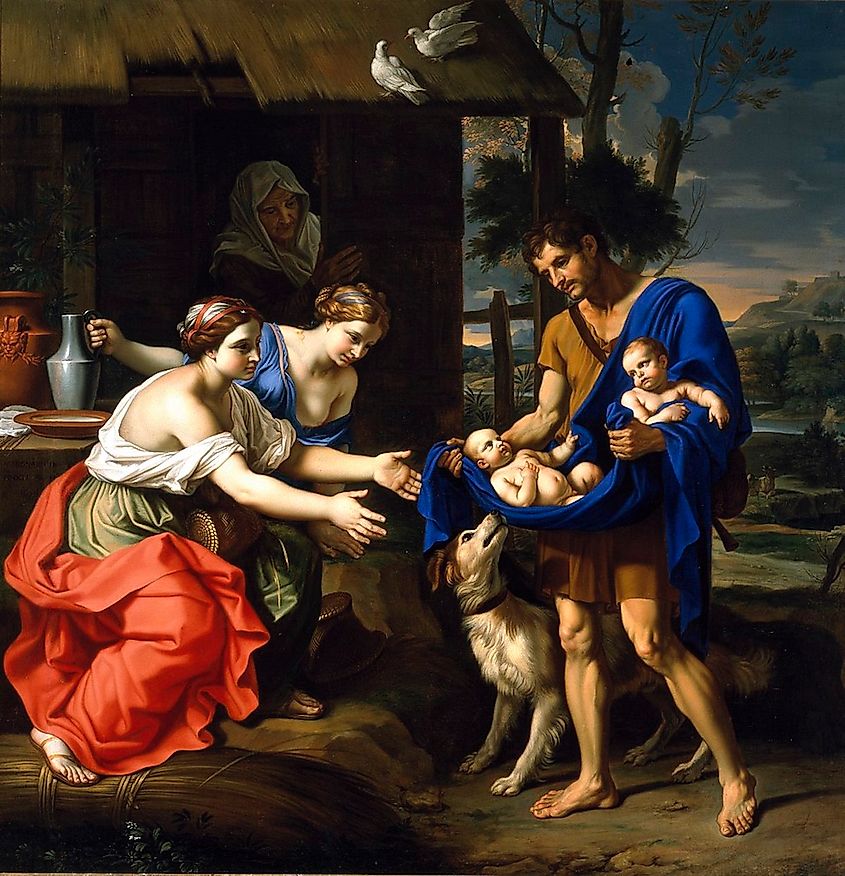
Another legend though, tells of a story of a woman named Roma, who according to stories traveled to the area from Troy after the famed city’s demise. She along with the Aeneas and other survivors reached the shores of the Tiber river. This, they believe was where they settled and founded what soon became Italy’s capital and one of the mightiest empires of the ancient world.
How The Small Town Grew
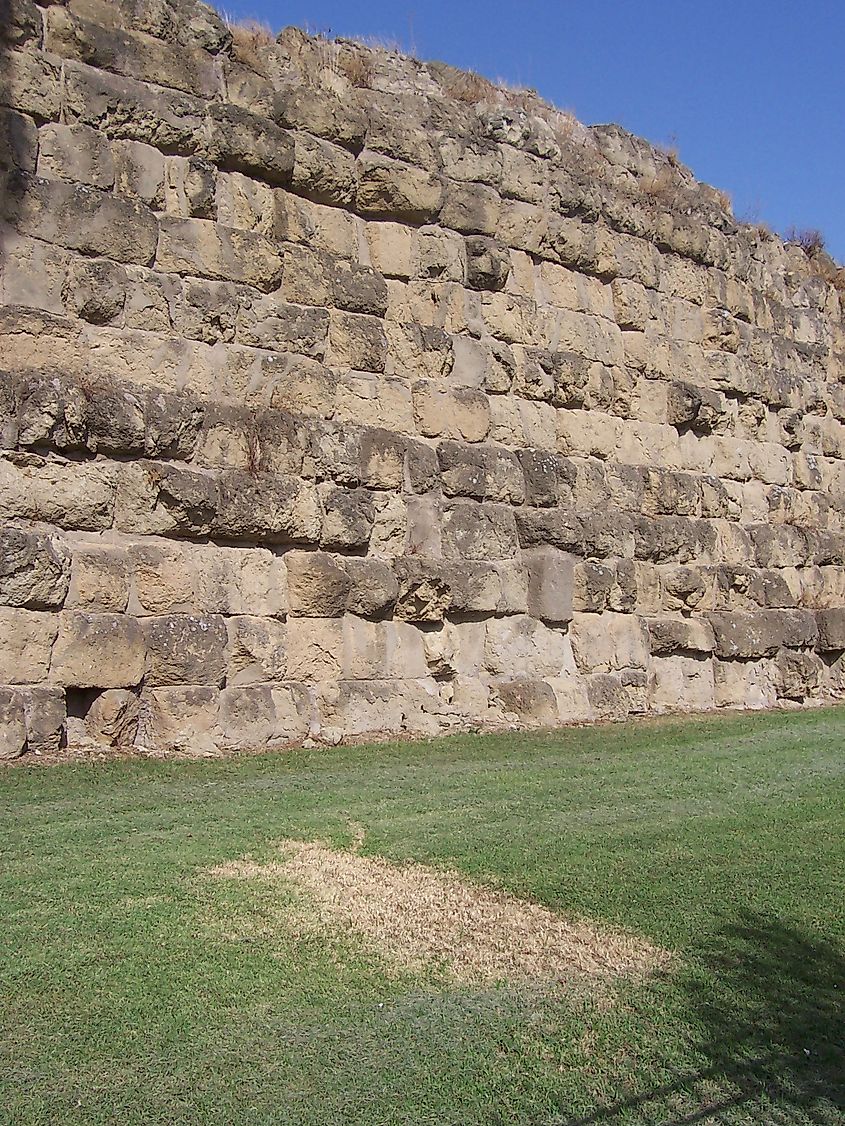
The small town nestled along the river soon became a hub for trade. Its accessible location made it easy for merchants to traffic their goods. As trade intensified, Rome grew stronger eventually adopting Greek influences which became the foundation of their architecture, literacy, and religion. From a small town by the river Tiber, Rome grew into a majestic city in the 8th and 6th centuries BC. But it was through warfare that Rome became a superpower in the ancient world. Through winning wars, Rome grew to dominate the region. Over the course of eight centuries, Rome acquired more wealth and power eventually becoming a vast empire.
The end of the Roman Republic marked the rise of the Roman Empire which reached its peak in 117 A.C. They dominated areas across Europe, into England and right up to Egypt. Roman’s military strength enabled them to conquer lands all around the Mediterranean Sea.
The Fall Of Rome
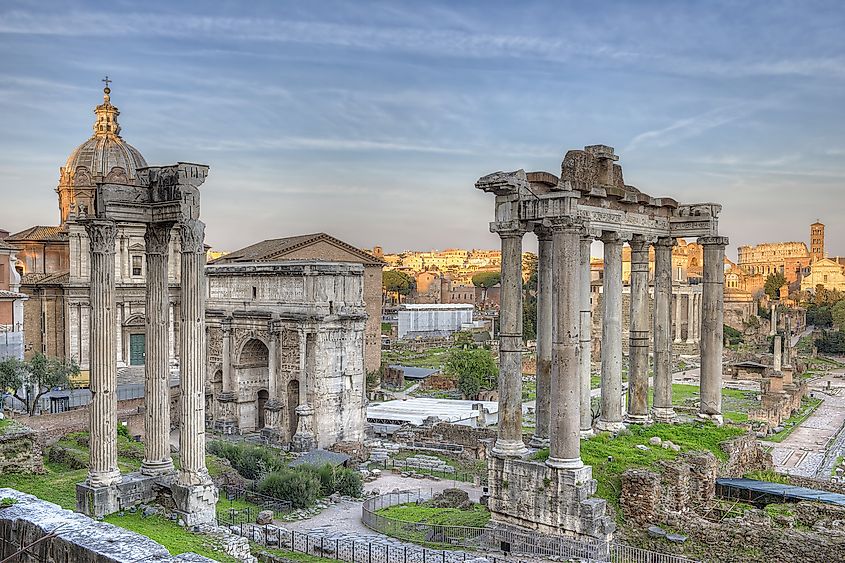
Many factors are believed to have caused the fall of the legendary ancient empire. Some historians believe that the fall of Rome started from a series of military losses from the barbarian tribes. The latter eventually encroached upon the empire’s borders, inching their way in until in 410 Visigoth King Alaric eventually destroyed the city of Rome. Another attack this time by the Vandals further weakened Rome’s power in 455. In 476, the Germanic leader Odoacer successfully deposed the Roman emperor and it is believed that since then, no other emperor ruled the Western empire which many believe ultimately caused the empire’s demise.
Others believe that the empire simply stretched itself too thin. It’s territory spread all over many parts of the world that it eventually became too difficult to govern. Years of wars also dried up the empire’s coffers. Efforts to conquer more land and or defend their existing territories became too much to maintain. And because of Rome’s size, the government eventually became difficult to control and monitor. Corruption and continuous political turmoil caused citizens to lose trust in the government.
There are also others who believe that the rise and spread of Christianity, along with other factors may have caused the empire’s demise. Some believe that Christianity did not only replace Roman religion but all other Roman traditions and value systems. Political power was slowly taken away from the state itself and placed upon Popes and other Church leaders. Christianity became the state religion in 380. Although this theory is highly criticized by historians and theorists who believe that Christianity played a minute role in Rome’s downfall. They believe that it was a catastrophic mixture of military losses, government corruption, political turmoil, and economic crisis that eventually caused the mighty empire to fall.











